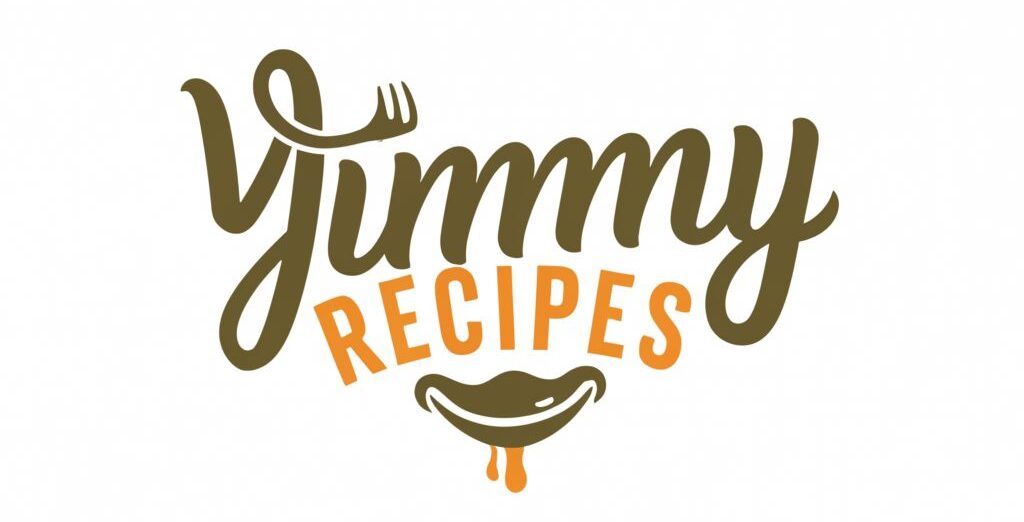Prime rib roast is the quintessential centerpiece for any special occasion, holiday feast, or elegant dinner party. Known for its rich flavor, tender texture, and beautiful marbling, a perfectly cooked prime rib makes an unforgettable meal that impresses guests and satisfies even the most discerning meat lovers.
If you’ve never cooked prime rib at home or have struggled with dry or overcooked roasts, this comprehensive guide will walk you through everything you need to know — from selecting the cut, seasoning it perfectly, roasting at the right temperatures, to carving and serving like a pro.
What is Prime Rib?
Prime rib, also called a standing rib roast, is a cut from the beef rib primal section. It’s prized for its tenderness and marbling — the fat running through the meat that melts during cooking to keep the roast juicy and flavorful. While the USDA grades beef Prime as the highest quality, most prime rib roasts you find at the grocery store will be graded Choice but are still excellent.
The roast typically includes between 2 to 7 ribs and can weigh from 4 to 12 pounds or more. Bone-in prime rib tends to have better flavor and cooks more evenly due to the insulation the bones provide.
Ingredients Overview
What You Need for a Classic Prime Rib
-
Bone-in prime rib roast (6-8 pounds): This size serves approximately 6 to 8 people comfortably.
-
Olive oil (2 tbsp): Helps to seasonings stick and adds a touch of richness.
-
Salt and pepper: The essential seasonings for bringing out the beef’s natural flavor.
-
Garlic cloves (optional): Adds aromatic flavor when inserted into the meat before roasting.
Why This Recipe Works
This method uses a two-temperature roasting process:
-
A high initial temperature (500°F) sears the outside, creating a flavorful crust and locking in juices.
-
Then a lower temperature (325°F) finishes cooking the inside evenly without drying it out.
Letting the meat rest after roasting allows the juices to redistribute, resulting in tender, juicy slices.
Step-By-Step Cooking Instructions
Step 1: Preheat the Oven to 500°F (260°C)
The high heat will create a perfect crust on the prime rib.
Step 2: Prepare the Roast
Place the prime rib on a roasting rack inside a roasting pan. Rub the olive oil all over the roast to help the seasoning adhere. Generously season with salt and freshly ground black pepper. If using garlic, use a small paring knife to make slits and insert peeled garlic cloves into the meat for added flavor.
Step 3: Initial High-Heat Roast
Put the roast in the preheated oven and roast for 15 minutes. This step creates a caramelized, flavorful crust on the outside.
Step 4: Lower Temperature and Continue Roasting
After 15 minutes, reduce the oven temperature to 325°F (160°C). Continue roasting until the internal temperature reaches your desired doneness:
-
Medium-rare: 135°F (57°C)
-
Medium: 140°F (60°C)
-
Well-done: 150°F (66°C)
Use a reliable meat thermometer to check the temperature. For a 6-8 lb roast, this will typically take about 1.5 to 2 hours after the initial sear.
Step 5: Rest the Roast
Remove the roast from the oven and tent loosely with foil. Let it rest for 15-20 minutes before carving. Resting is crucial as it allows the juices to redistribute, keeping the meat moist.
Step 6: Carve and Serve
Slice the roast against the grain into thick, juicy portions. Serve with your favorite sides and sauces.
Cooking Times and Temperature Guide
| Roast Weight | Approximate Cook Time After Sear | Internal Temp for Medium-Rare |
|---|---|---|
| 6 lbs | 1 hour 30 minutes | 135°F (57°C) |
| 7 lbs | 1 hour 45 minutes | 135°F (57°C) |
| 8 lbs | 2 hours | 135°F (57°C) |
Note: Oven temperatures and roast shapes vary, so always use a thermometer.
Tips for the Best Prime Rib
-
Choose a well-marbled roast: Look for visible streaks of fat for juiciness.
-
Bring meat to room temperature before roasting: Let the roast sit out for about 1 hour to ensure even cooking.
-
Season generously: Salt penetrates the meat and enhances flavor.
-
Use a meat thermometer: Avoid guessing doneness — it’s the most reliable method.
-
Rest your meat: Do not skip resting or the juices will spill out when slicing.
-
Save the drippings: Use the pan drippings to make a flavorful au jus or gravy.
-
Slice thick: About 1/2 to 3/4 inch thick slices are ideal.
Suggested Side Dishes for Prime Rib
-
Garlic mashed potatoes or creamy horseradish mashed potatoes
-
Roasted vegetables like Brussels sprouts, carrots, or asparagus
-
Yorkshire pudding or crusty artisan bread
-
Creamed spinach or sautéed mushrooms
-
Horseradish sauce or au jus
How to Store and Reheat Leftovers
Wrap leftover prime rib tightly and refrigerate for up to 3-4 days. For best flavor, reheat gently in a low oven (about 250°F) until warmed through. Avoid microwaving to preserve texture.
Nutrition Information (approximate per 6 oz serving)
-
Calories: 480 kcal
-
Protein: 42g
-
Fat: 36g
-
Carbohydrates: 0g
-
Cholesterol: 130 mg
-
Sodium: varies depending on seasoning
Final Thoughts
This prime rib roast recipe combines simplicity with elegance. It’s easy enough for a home cook yet yields restaurant-quality results. The initial high-heat sear develops a crust bursting with flavor, while the lower roasting temperature ensures tender, juicy meat inside. Paired with classic sides and a good cut of prime rib, you have a meal that’s sure to become a family favorite or holiday tradition.
